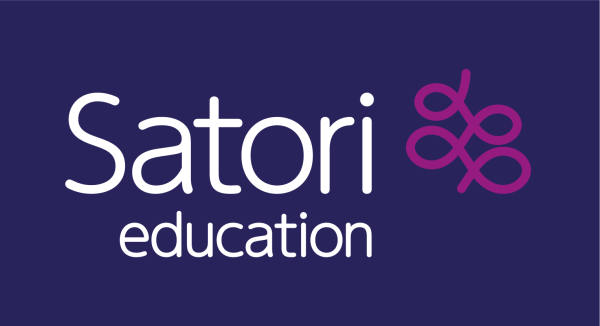
In the quest to make learning accessible to all, it’s crucial to first recognise the common barriers that individuals may face in their educational journeys. Understanding these barriers and the diverse conditions that can lead to them is the initial step towards creating inclusive learning environments. Let’s delve into some of these common barriers and the conditions associated with them.
1. Visual Impairments:
Visual impairments can encompass a wide range of conditions, from total blindness to partial sight loss. These individuals may face challenges in accessing printed materials, digital content, and visual cues. Conditions that contribute to visual impairments include:
- Blindness: Complete lack of vision.
- Low Vision: Partial vision loss, which can vary in degree.
- Colour Blindness: Difficulty distinguishing between certain colours.
2. Hearing Impairments:
Hearing impairments affect an individual’s ability to perceive sounds and spoken language. These individuals may encounter difficulties in understanding lectures, conversations, and audio-based learning materials. Conditions include:
- Deafness: Complete loss of hearing.
- Hard of Hearing: Partial hearing loss, which can range from mild to profound.
3. Cognitive and Learning Disabilities:
These conditions impact how individuals process information, learn, and retain knowledge. They can result in challenges with reading, writing, and comprehension. Conditions in this category include:
- Dyslexia: Difficulty with reading, writing, and spelling.
- Attention-Deficit/Hyperactivity Disorder (ADHD): Challenges with focus and attention.
- Autism Spectrum Disorder (ASD): Differences in communication and social interaction.
4. Physical Disabilities:
Physical disabilities affect an individual’s motor functions, making it challenging to interact with traditional learning materials and technology. Conditions encompass:
- Cerebral Palsy: Impaired muscle control and coordination.
- Spinal Cord Injuries: Loss of mobility or function due to spinal cord damage.
- Muscular Dystrophy: Progressive weakening and wasting of muscles.
5. Speech and Language Disorders:
These conditions impact a person’s ability to communicate effectively, both verbally and in writing. They include:
- Stuttering: Repetition or hesitation in speech.
- Aphasia: Difficulty in understanding or forming words.
6. Neurodiversity:
Neurodiverse individuals may have unique learning styles, thinking processes, and sensitivities. Conditions associated with neurodiversity include:
- Autism Spectrum Disorder (ASD): Variations in social communication and behaviour.
- Attention-Deficit/Hyperactivity Disorder (ADHD): Differences in focus and hyperactivity.
7. Language Barriers:
Individuals with limited proficiency in the language of instruction may struggle to comprehend and communicate effectively in the classroom. This barrier can affect both native and non-native speakers.
8. Socioeconomic Factors:
Economic disparities can limit access to essential learning resources, such as textbooks, devices, and internet connectivity. These factors can affect students’ ability to engage fully in their education.
By recognising these common barriers and the diverse conditions that contribute to them, educators, policymakers, and technologists can work collaboratively to develop strategies and technologies that remove these obstacles. The ultimate goal is to create a learning landscape where all individuals have the opportunity to access, participate, and succeed in their educational pursuits.
